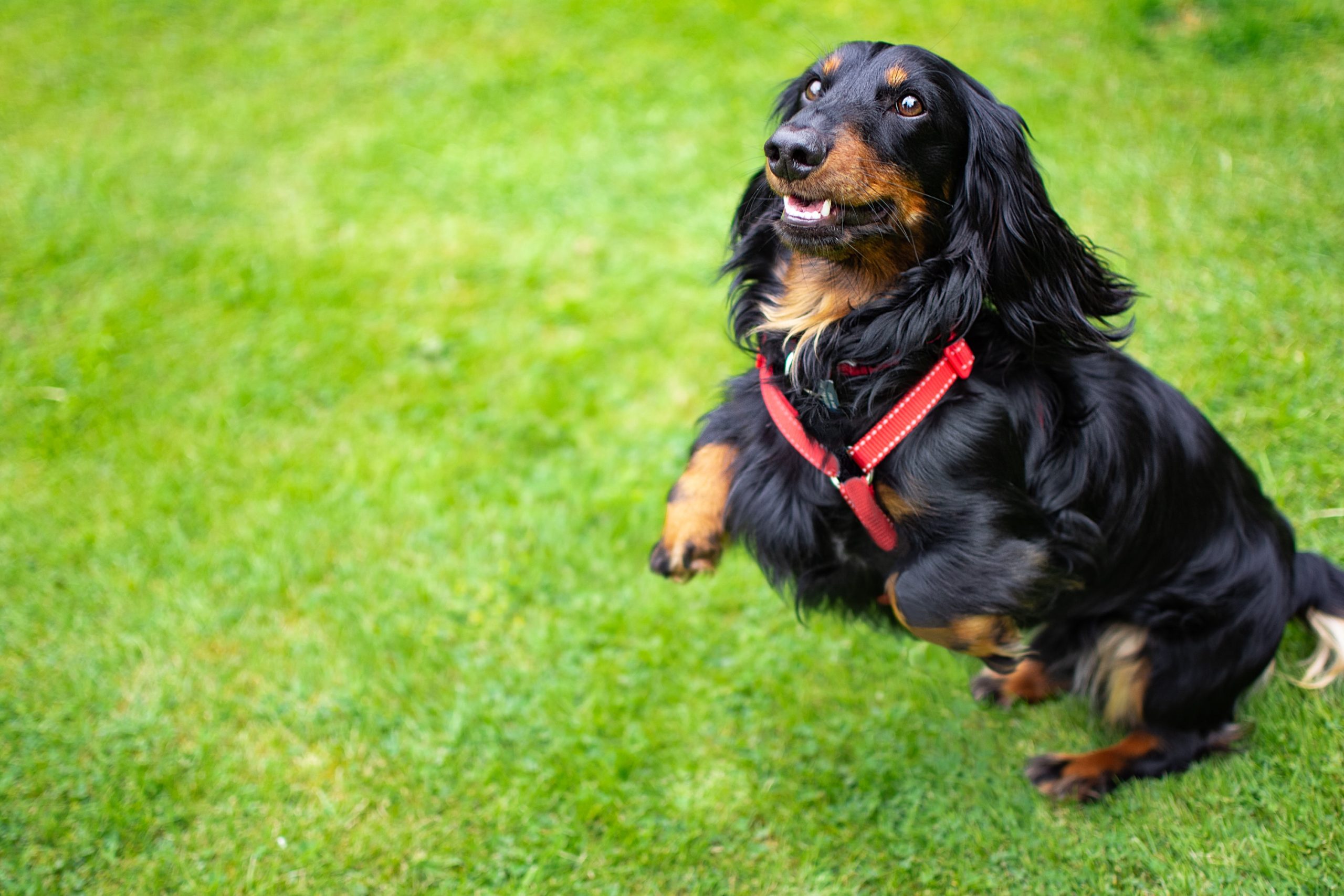Teaching Dogs Polite Greetings: Effective Methods to Replace Jumping Behavior
Teach your dog alternative greetings to prevent jumping behavior and create a safer and more enjoyable experience for both you and your furry friend.
Understanding Dog Jumping Behavior
When dogs jump on people, it is a natural behavior driven by the reward of attention. They repeat this behavior because it earns them rewards, including getting attention from humans. For example, when a dog jumps up on a person, they often receive pats on the head or verbal praise, reinforcing the behavior. This repetition of getting attention for jumping further reinforces the habit and encourages the dog to continue this behavior in different situations.
Allowing dogs to continue jumping on people poses risks such as potential annoyance and even physical danger, especially for children or elderly individuals. For instance, a large dog jumping on a child can cause them to lose their balance and fall, leading to potential injury. In the case of elderly individuals, a dog’s jumping behavior can cause instability and may lead to accidents. Therefore, it is crucial to eliminate the rewards associated with jumping and teach alternative greeting behavior to prevent this behavior. By addressing this behavior through training, the risks associated with dog jumping can be significantly reduced, creating a safer and more pleasant environment for both the dog and the people they interact with.
Training Methods for Alternative Greetings
When training dogs to avoid jumping on people, it’s crucial to understand and implement effective alternative greeting behaviors. One method is to teach dogs to keep all four paws on the floor during greetings by using treats. For example, by placing treats on the floor before a person approaches, dogs can learn to associate staying on the ground with a positive reward, thereby discouraging the urge to jump. This method not only provides a positive reinforcement for appropriate behavior but also helps in redirecting the dog’s focus from jumping to receiving a reward for staying calm and grounded.
Another effective training method is teaching dogs to sit for greetings and rewarding them for staying seated. For instance, when a visitor arrives, the dog can be trained to sit and remain in that position until released. This not only prevents jumping but also creates a more controlled and polite manner of greeting. Additionally, managing a dog’s behavior to prevent jumping using cues such as “go to your place” or using toys and treats has also been proven to be effective in training [2]. By consistently using these methods, dogs can learn to exhibit alternative greetings that are both acceptable and rewarding.
Positive reinforcement is a crucial component of these training methods. By rewarding dogs for appropriate greetings and withholding attention when they exhibit unwanted behavior, dogs can quickly learn the desired alternative greetings. This approach not only helps in preventing unwanted behavior but also fosters a positive and enjoyable learning experience for the dog, making it more likely that the behavior will be sustained over time.
Communicating the Training Procedure to Others
Ensuring consistent responses from everyone in the household is essential to reinforce the training and prevent jumping behavior in dogs. For example, if one family member allows the dog to jump while another discourages the behavior, the dog may become confused and continue to exhibit unwanted jumping. Therefore, it is crucial to have a unified approach among all family members to effectively communicate the training procedure and maintain uniformity in responses to the dog’s behavior.
Furthermore, when it comes to guests and visitors, it’s vital to communicate the training procedure effectively to ensure that everyone interacting with the dog follows the same rules. For instance, if a visitor encourages jumping by engaging with the dog when it jumps, it can undermine the training efforts. To prevent this, clear and concise communication is key. Guests should be informed about the training goals and instructed on how to interact with the dog in a way that reinforces the desired alternative greeting behaviors. This may involve politely asking visitors to ignore the dog if it jumps and only provide attention when the dog displays the appropriate greeting behavior, such as sitting or keeping all four paws on the floor.
Additionally, utilizing resources available for additional help and training techniques can provide valuable support and guidance in addressing jumping behavior. Organizations such as Your Dog’s Friend offer a wealth of knowledge and expertise, including tips, workshops, and online resources, to assist dog owners in effectively training their pets to exhibit appropriate greeting behaviors. These resources can empower dog owners with the necessary information to communicate the training procedure to others and ensure that everyone involved in the dog’s life is equipped to maintain consistency in reinforcing the desired behaviors and preventing jumping.
## Enjoying the Process of Teaching Desired Behaviors Enjoying the training process is important as it creates a positive experience for both the dog and the owner. By encouraging positive reinforcement and creating a rewarding experience for both the dog and the owner, the training can be made enjoyable. Emphasizing the role of positive reinforcement and preventing dogs from practicing unwanted behavior can lead to a more enjoyable training experience. In summary, it is crucial to understand the natural behavior of dogs jumping on people, the associated risks, and the importance of teaching alternative greetings to prevent this behavior. By utilizing effective training methods, communicating the training procedure to others, and creating a positive training experience, it is possible to train dogs to exhibit more acceptable greeting behaviors and prevent them from jumping on people [4].



